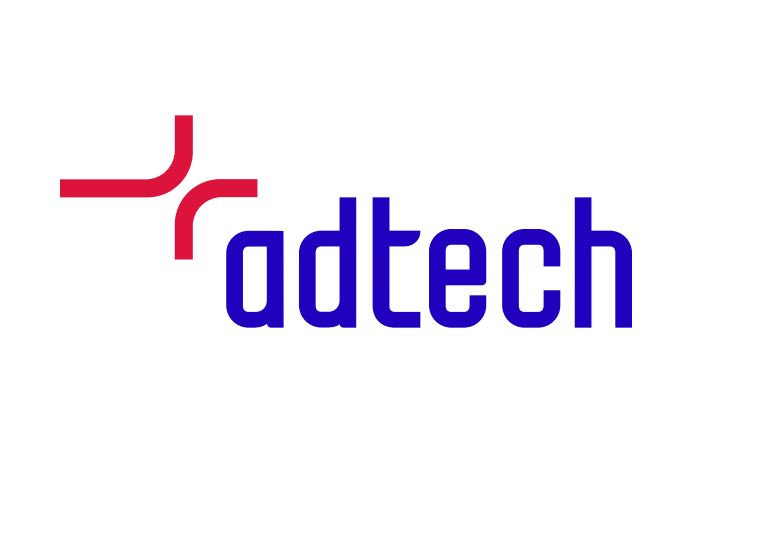How to Build Your Own App Store
Oct 24, 2022

An international company establishing startup ecosystems and innovation labs for AdTech and MarTech projects.
An international company establishing startup ecosystems and innovation labs for AdTech and MarTech projects.